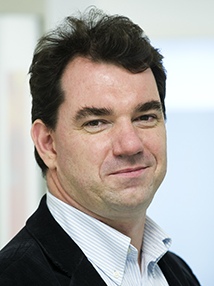BibTex format
@article{Hughes-Hallett:2014:10.1097/SLA.0000000000000662,
author = {Hughes-Hallett, A and Mayer, E and Marcus, HJ and Cundy, T and Pratt, PJ and Parston, G and Vale, JA and Darzi, A},
doi = {10.1097/SLA.0000000000000662},
journal = {Annals of Surgery},
pages = {205--211},
title = {Quantifying innovation in surgery},
url = {http://dx.doi.org/10.1097/SLA.0000000000000662},
volume = {260},
year = {2014}
}

